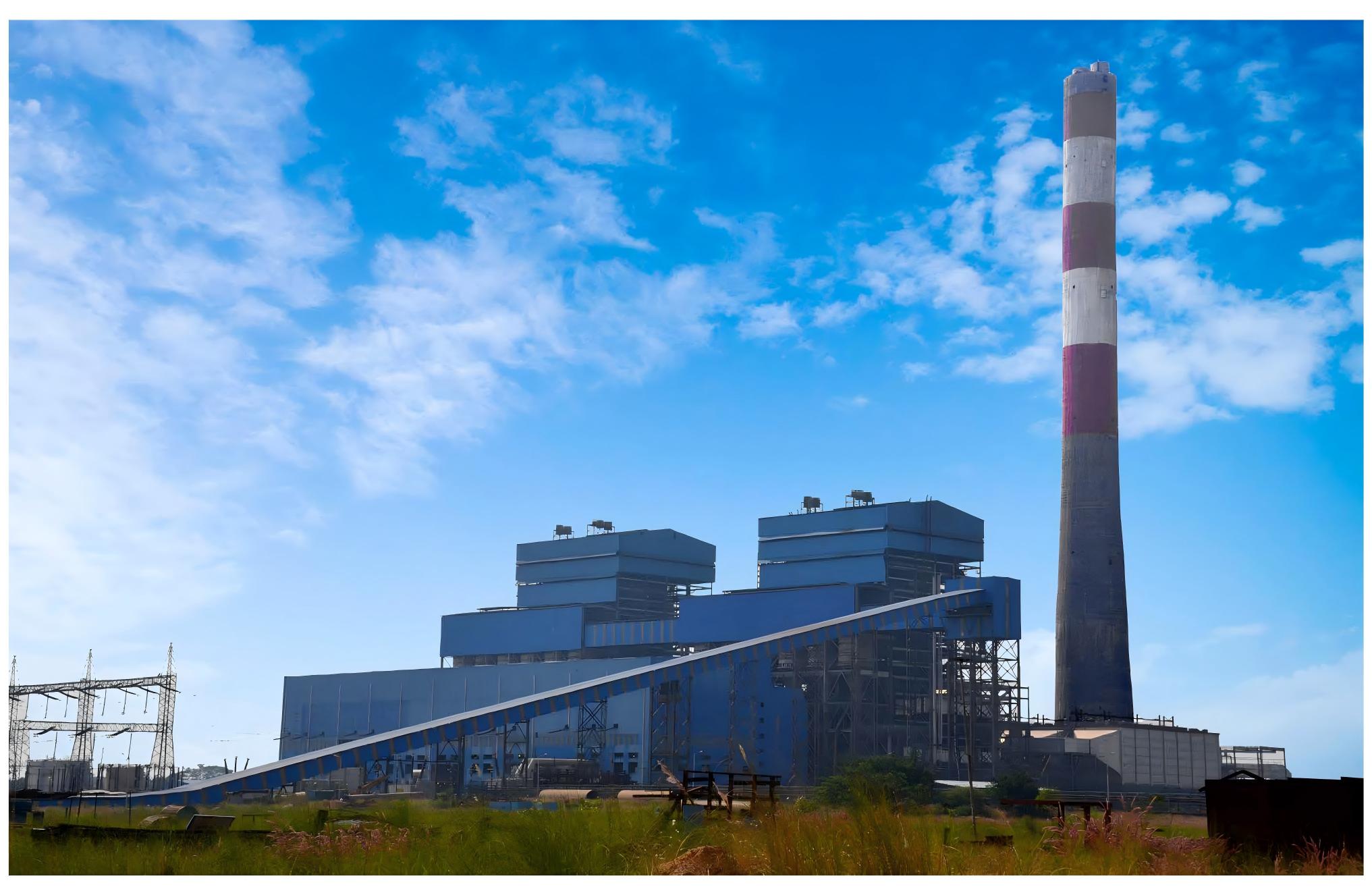
+86 18660102967 +86 18615518078
info@runh.com
Brazil's energy sector is undergoing a dramatic shift with increasing investments in renewable forms of energy such as hydropower, wind power, and solar power. Yet, coal-fired power plants remain an important contributor to grid stability, particularly in regions where there are variable sources of renewable energy. This briefing is an analysis of Brazil's recent trend of building coal power plants, the rising trend of Brazil's plans to upgrade coal power plants, and what these mean in the context of the country's overall policy for energy transition.
It is a more moderate track than most other nations transitioning off coal at a much quicker rate. Coal-fired power plants provide only 3-4% of the country's electricity, and only in the southern states of Rio Grande do Sul and Santa Catarina, where coal deposits exist. The plants serve as a backup during droughts that can curtail energy generated by hydropower, the nation's principal source of power.
Yet, global and environmental pressure to rein in carbon emissions is causing Brazil to reconsider its coal use. Instead of closing plants, the focus has been on Brazil's coal-fired power plant retrofit programs to improve efficiency and reduce emissions to improve energy security.

New Brazilian coal-fired power plants have been delayed over the past years due to environmental regulations and competition from renewables. However, according to some reports, coal remains a part of the energy mix:
l The Jorge Lacerda Complex in Santa Catarina remains one of Brazil's biggest coal-fired power plants, with negotiations ongoing for potential enlargements.
l While no new Brazilian coal-fired power plants of significant scale have been approved in recent history, there is ongoing development on HELE coal technology, which may be compatible with the climate aspirations of Brazil.
New coal power plants are a divisive topic concerning finding a balance between energy security and sustainability. Some individuals believe HELE power plants can provide baseload power at lower emissions, while some others have the view that the shift should be made towards renewables with more haste.
As it is difficult to build new coal power plants, retrofitting existing ones is a simpler solution. Brazil's coal-fired power plant retrofitting programs are aimed at:
l Increasing Efficiency – Reconditioning control systems, boilers, and turbines for delivering more output on less intake of coal.
l Cut Emissions – Equipping with advanced emissions reduction systems such as flue gas desulfurization (FGD), electrostatic precipitators (ESP), and selective catalytic reduction (SCR) to lower SO₂, NOx, and particulate matter emissions.
l Co-Firing with Biomass – Other utilities are trying the co-firing of coal and biomass to reduce carbon intensity without major infrastructure changes.
They include Pampa Sul Power Plant in Rio Grande do Sul, which was refurbished for efficiency to extend its life cycle, while there are tougher environmental regulations. Such programs illustrate the way Brazil's coal-fired power plant retrofitting can make coal production cleaner while powering the energy revolution.
Though there are opportunities for return on retrofit, there are a few barriers in the way:
l Regulatory Uncertainty – Brazilian energy policy changes daily, dictating the investment in new Brazilian coal-fired power plant construction and retrofit plans.
l Financial Constraints – Offshore financing of coal projects is dwindling, making it increasingly more difficult to fund improvements.
l Public and Environmental Opposition – Campaign organizations continue to urge the government to hasten the coal phase-out to renewables.
Going forward, Brazil's policy would appear to favor incremental modernization over an abrupt phase-out of coal. Prioritizing Brazil's coal-fired power plant retrofit programs can achieve energy reliability while reducing emissions—a model worth emulating in other developing countries.
While the world turns towards renewable energy, Brazil's coal-fired power plants remain crucial in that they are employed to stabilize the grid. Although there is little Brazil coal-fired power plant construction, Brazil coal-fired power plant modernization activity is on the rise as a means to improve efficiency gains and minimize environmental impact.
The Brazilian policy has to seek a pragmatic equilibrium between sustainability, economics, and energy security. As the nation grows its capacity for renewables, advanced coal-firing plants can act as a bridging technology, offering a secure source of power while transitioning to a greener future.
+86 18660102967 +86 18615518078
Block C,Yinfeng Fortune Plaza, No.1 Long'ao West Road, Lixia District, Jinan, China.
Copyright © Runh Power 2025 All rights reserved